Is Baby’s Breath Bad For Cats: Information About Gypsophila Poisoning In Cats
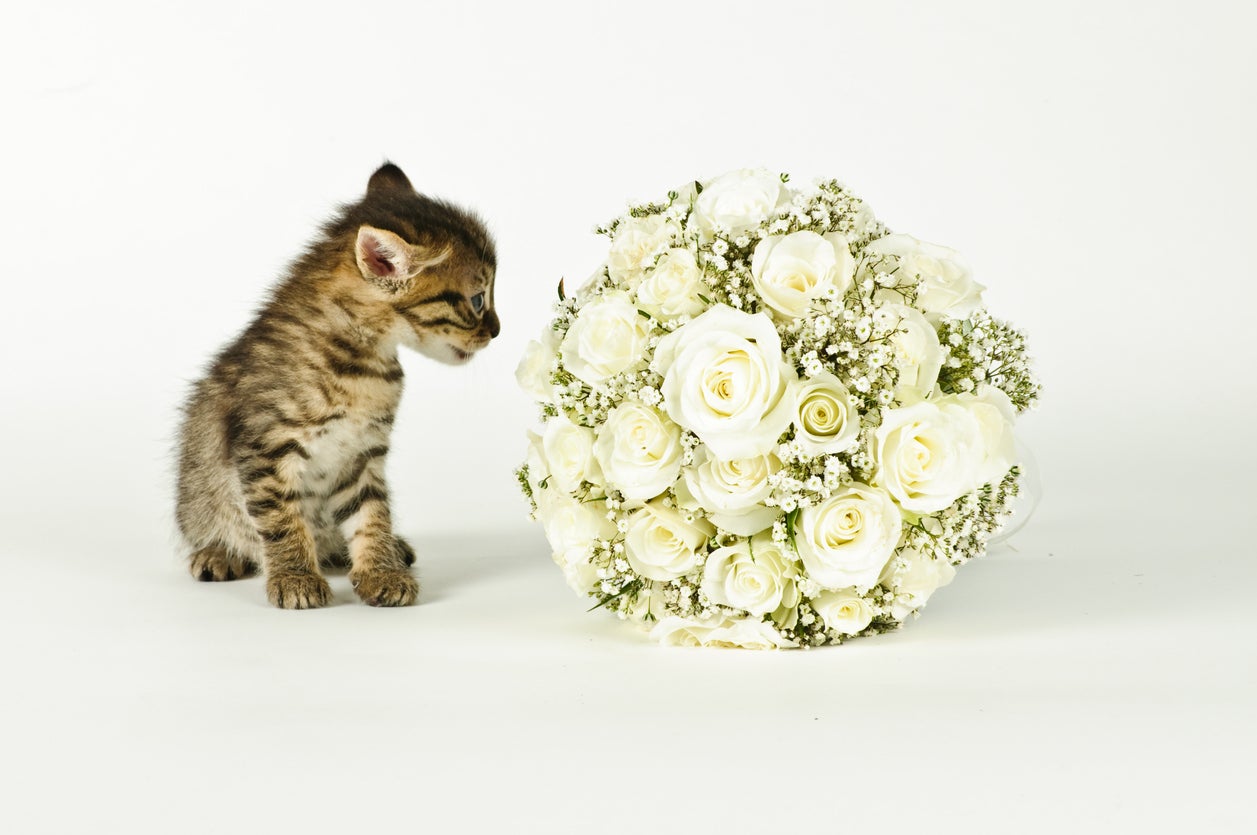
Baby’s breath (Gypsophila paniculata) is a common addition in flower arrangements, and especially pretty combined with roses. If you are the lucky recipient of such a bouquet and you have a cat, it probably doesn’t surprise you that your feline friend has a particular fascination with the baby’s breath.
After all, plants are fun for cats, which beckons the question: is baby’s breath bad for cats? Read on to find out about the dangers of baby’s breath flowers and cats.
Is Baby’s Breath Toxic to Cats?
Baby’s breath, native to Eurasia, was introduced into North America for use as an ornamental, specifically in the cut flower industry. The plant readily self-sows and, as such, can now be found naturalized across Canada and into the northern United States. It is often classified as a weed due to the ease of self-propagation and hardiness.
To some, it might be a nasty weed, but is baby’s breath bad for cats? The answer is… yes, baby’s breath is classified as mildly toxic to cats.
Gypsophila Poisoning in Cats
So, what are the symptoms of cats that tangle with baby’s breath flowers? The clinical signs Gypsophila poisoning in cats are generally not life-threatening but can cause kitty a whole lot of discomfort. Baby’s breath and other Gypsophila species contain the saponin, gyposenin, which may cause irritation to the gastrointestinal system.
These gastrointestinal symptoms may result in vomiting and diarrhea, which may be accompanied by or predated by a lack of appetite, lethargy, or depression. While the symptoms are not life-threatening, it’s still distressing to see your fur baby ill.
Your best bet? Keep the floral bouquets in a locked room or at the office or, better yet, remove the baby’s breath from the arrangement and simply avoid altogether if making your own cut flower bouquet from the garden.
Gardening tips, videos, info and more delivered right to your inbox!
Sign up for the Gardening Know How newsletter today and receive a free copy of our e-book "How to Grow Delicious Tomatoes".

Amy Grant has been gardening for 30 years and writing for 15. A professional chef and caterer, Amy's area of expertise is culinary gardening.
-
 Zinnias On Repeat: 10 Glorious Cut-And-Come-Again Varieties For Endless Summer Bouquets
Zinnias On Repeat: 10 Glorious Cut-And-Come-Again Varieties For Endless Summer BouquetsThese zinnia varieties keep giving all summer, making them the perfect choice for dedicated cutting gardens – or just the occasional homegrown bouquet.
By Ellen Wells
-
 Create A Romantic Garden Straight Out Of Bridgerton: Regency Era Romance In Your Garden
Create A Romantic Garden Straight Out Of Bridgerton: Regency Era Romance In Your GardenTry some romantic garden ideas straight out of Bridgerton. Flowers and gardens in the Regency era were lush and charming and you can get the same look!
By Bonnie L. Grant
-
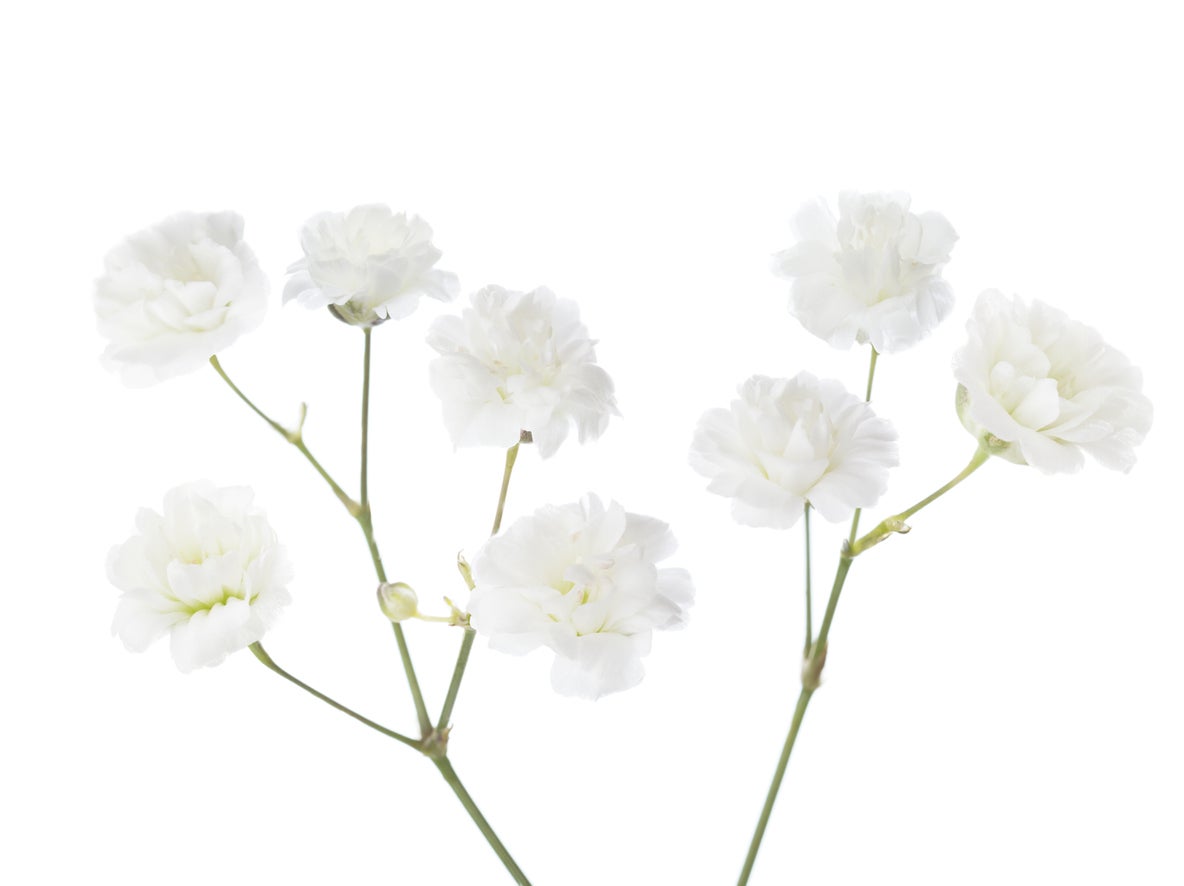 Growing Baby’s Breath From Cuttings: How To Root Gypsophila Cuttings
Growing Baby’s Breath From Cuttings: How To Root Gypsophila CuttingsBaby’s breath is the star of the cutting garden, providing delicate little blooms that dress up floral arrangements, (and your garden). If you have access to a mature baby’s breath plant, growing cuttings from baby’s breath is easy. Learn more in this article.
By Mary H. Dyer
-
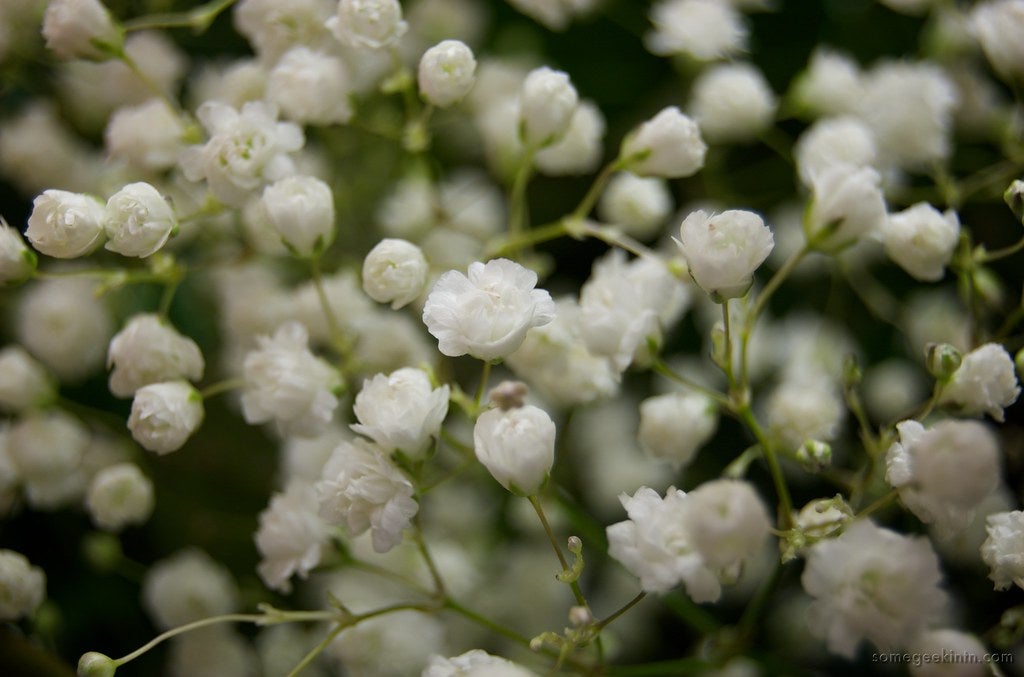 Sowing Baby’s Breath Seeds: Learn How To Plant Gypsophila Seeds
Sowing Baby’s Breath Seeds: Learn How To Plant Gypsophila SeedsGrowing baby's breath from seed will result in clouds of the delicate blooms within a year. This perennial plant is easy to grow and low maintenance. Click this article for more tips on how to plant Gypsophila, or baby's breath, from seed.
By Bonnie L. Grant
-
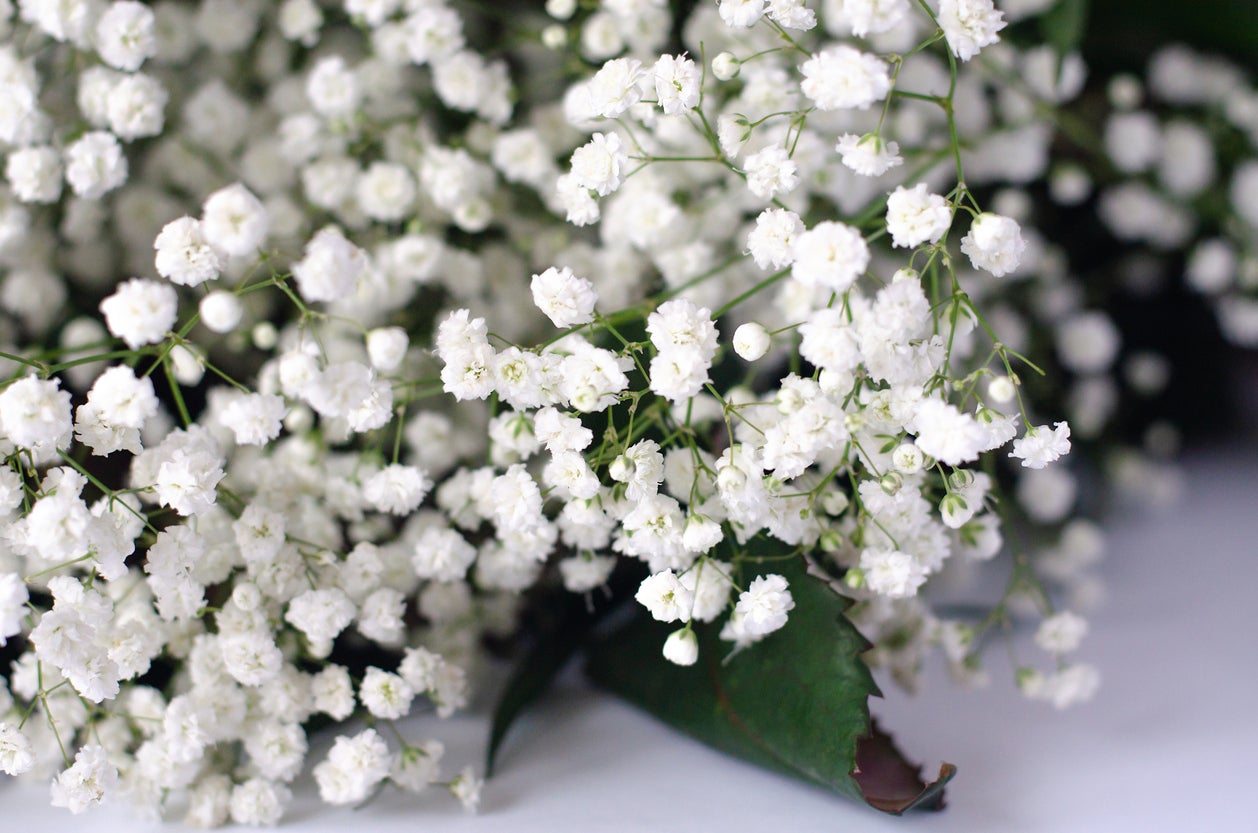 Baby’s Breath Winter Care: Information About Winterizing Baby’s Breath Plants
Baby’s Breath Winter Care: Information About Winterizing Baby’s Breath PlantsBaby’s breath is a staple of cut flower bouquets. You can grow these flowers in your garden with an annual or a perennial variety. Depending on the climate, you may need to take some extra steps to ensure survival over the winter. This article will help with that.
By Mary Ellen Ellis
-
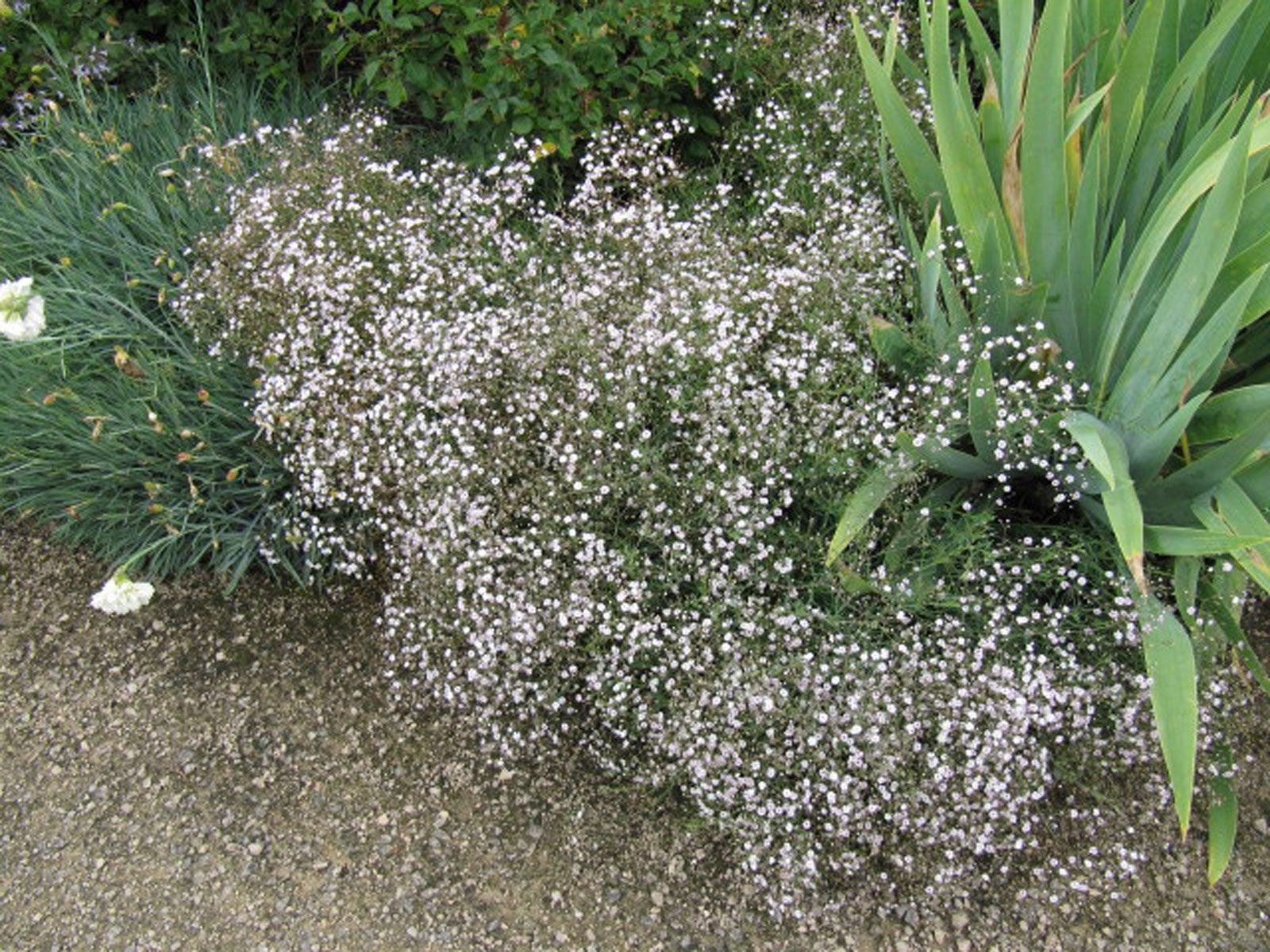 Baby’s Breath Issues – How To Deal With Common Gypsophila Problems
Baby’s Breath Issues – How To Deal With Common Gypsophila ProblemsBaby's breath is best known for adding a little magic to floral arrangements. If you are thinking of planting these flowers in your backyard, you will want to learn about common problems with baby’s breath plants. Click here for common Gypsophila problems.
By Teo Spengler
-
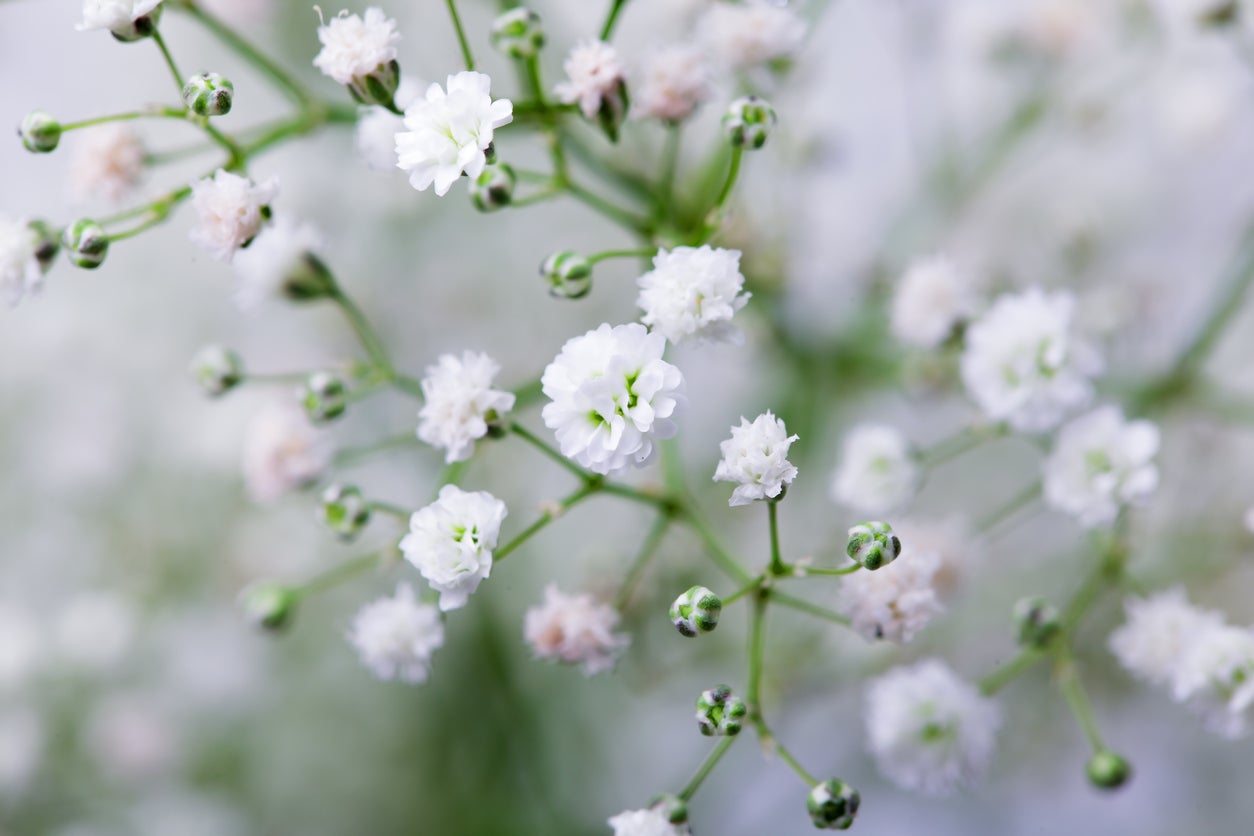 Baby’s Breath Varieties: Learn About Different Types Of Gypsophila Plants
Baby’s Breath Varieties: Learn About Different Types Of Gypsophila PlantsBaby’s breath flowers provide an airy look to floral arrangements but can also be just as pretty used in a border or rock garden. It is one of several types of Gypsophila. Click here to learn about different baby’s breath varieties for the garden.
By Mary H. Dyer
-
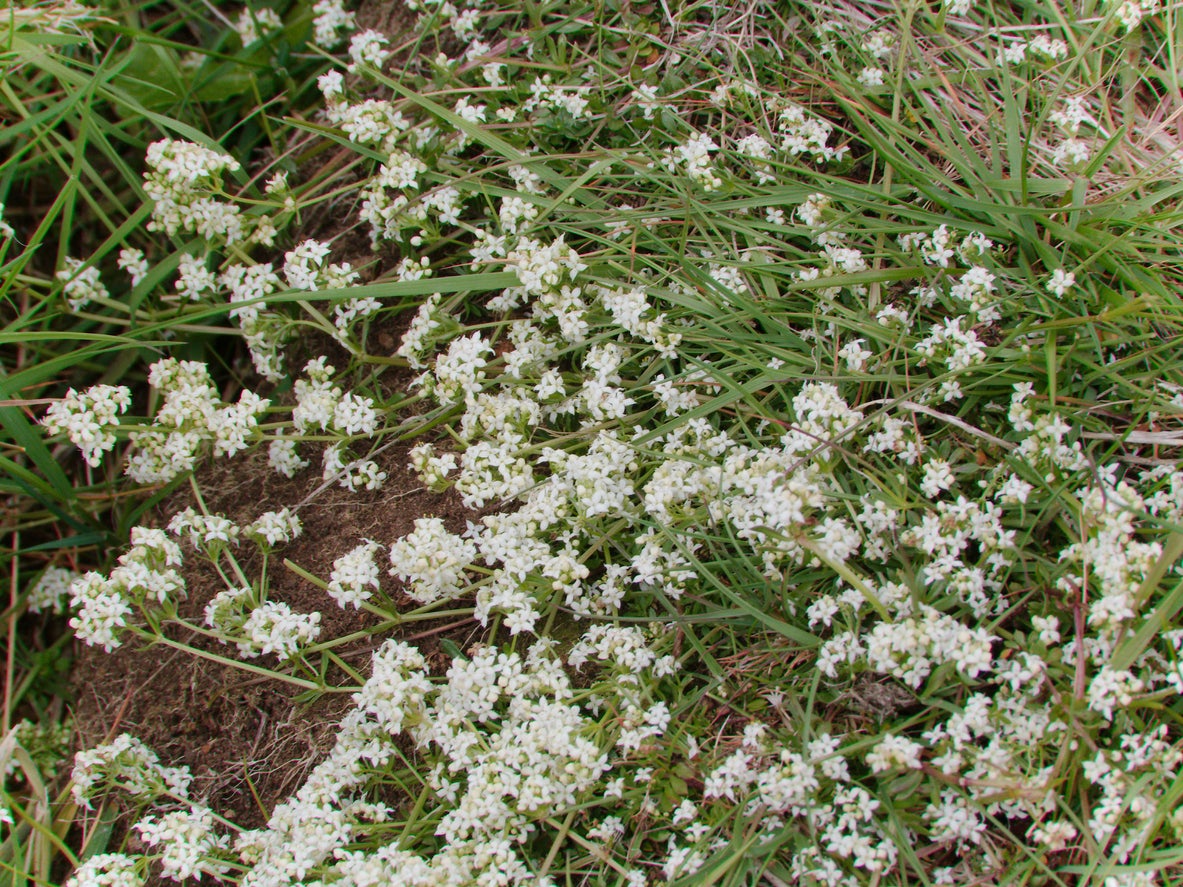 Trimming Baby’s Breath – Learn How To Prune Baby’s Breath Plants
Trimming Baby’s Breath – Learn How To Prune Baby’s Breath PlantsYou can grow baby’s breath as an annual or a perennial, depending on the variety chosen. Care is fairly easy, but a little Gypsophila pruning will help your plants grow healthier and bloom more. This article will help get you started with baby’s breath pruning.
By Mary Ellen Ellis
-
 Baby’s Breath Skin Irritation: Is Baby’s Breath Irritating When Handled
Baby’s Breath Skin Irritation: Is Baby’s Breath Irritating When HandledBaby’s breath is commonly found naturalized throughout much of the northern United States and Canada and often identified as an invasive weed. Despite the innocuous look of these sweet soft blooms, baby’s breath harbors a little secret. Learn more in this article.
By Amy Grant
-
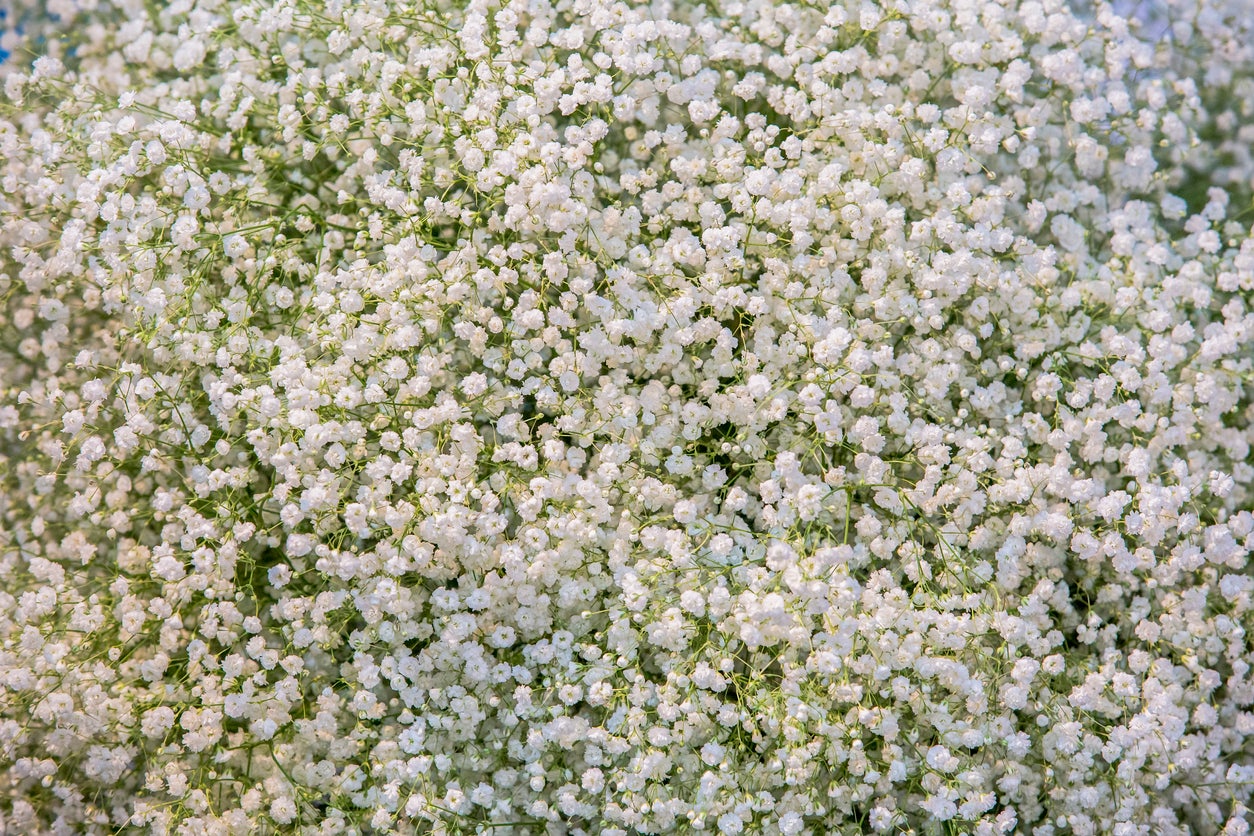 Baby’s Breath Propagation: Learn About Propagating Baby’s Breath Plants
Baby’s Breath Propagation: Learn About Propagating Baby’s Breath PlantsBaby’s breath is a small, delicate bloom included as a finishing touch in many bouquets and flower arrangements. They look great in outside flower beds, too. Starting a new baby’s breath from existing plants is a great way to get more. Click here to learn how.
By Becca Badgett